
How to stop chihuahua from barking at night?
Chihuahuas have big voices for their tiny size, and those midnight yips can jolt you awake—and annoy the neighbors too.
It’s a scenario many new dog owners in the U.S. face: you come home to a surprise puddle on the floor, and frustration sets in. Don’t worry—this is a common hurdle, especially for those living in urban apartments where quick outdoor access isn’t always easy. The key is understanding that dogs aren’t trying to be defiant; instead, house soiling often stems from incomplete training, anxiety, or medical issues. By approaching this with patience and science-backed methods, you can effectively retrain your pup and strengthen your bond.
From a behavioral science perspective, dogs pee indoors due to factors like lack of routine, scent marking, or stress. Canine behaviorists emphasize that punishment doesn’t work—it can increase anxiety and worsen the problem. Instead, positive reinforcement, rooted in B.F. Skinner’s operant conditioning, is the gold standard. This means rewarding desired behaviors (like going outside) with treats or praise, which encourages repetition. For example, if your dog relieves itself in the yard, immediately offer a high-value treat and verbal praise to create a positive association. This method aligns with animal welfare standards and avoids the pitfalls of aversive techniques.
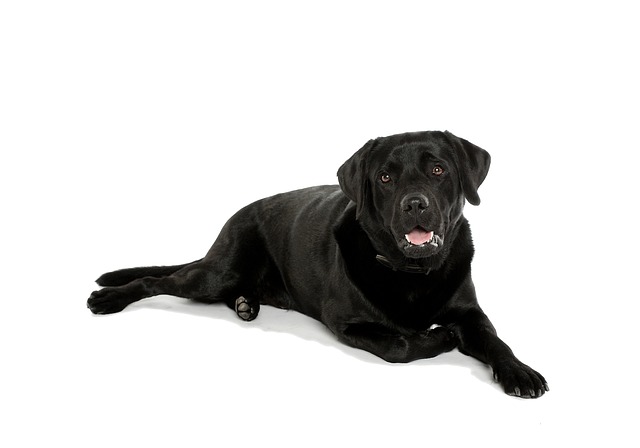
To put this into practice, start by establishing a consistent schedule—take your dog out first thing in the morning, after meals, and before bedtime. Use a cue phrase like “go potty” to signal what’s expected. When accidents happen indoors, clean them thoroughly with an enzymatic cleaner to remove odors that might attract repeat behavior. Avoid scolding; instead, interrupt gently and redirect outdoors. For apartment dwellers, consider indoor solutions like pee pads or a designated balcony spot temporarily, but prioritize regular walks to build habits. Keep training sessions short and positive, and monitor for signs like sniffing or circling, which indicate a need to go out.
In the U.S., dog ownership comes with legal and cultural responsibilities. Ensure your pet is up-to-date on vaccinations, as laws in states like California require rabies shots for public safety. Always carry waste bags during walks—cleaning up after your dog is not just polite but mandatory in most communities to avoid fines. Embrace positive reinforcement training, which reflects American values against physical punishment and promotes animal well-being. If you live in an apartment, be mindful of noise and shared spaces; discuss any issues with neighbors respectfully. By integrating these practices, you’ll not only solve the peeing problem but also become a responsible pet owner in your community.

Chihuahuas have big voices for their tiny size, and those midnight yips can jolt you awake—and annoy the neighbors too.
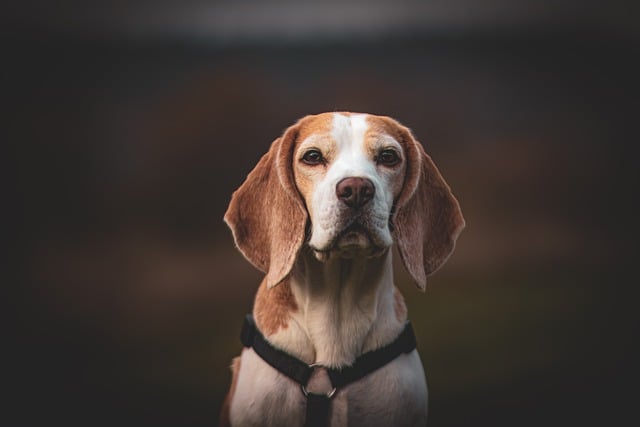
Beagle puppies have a knack for sneaking off to pee behind the couch—their curious nature means they get distracted mid-potty run, so consistency is key.
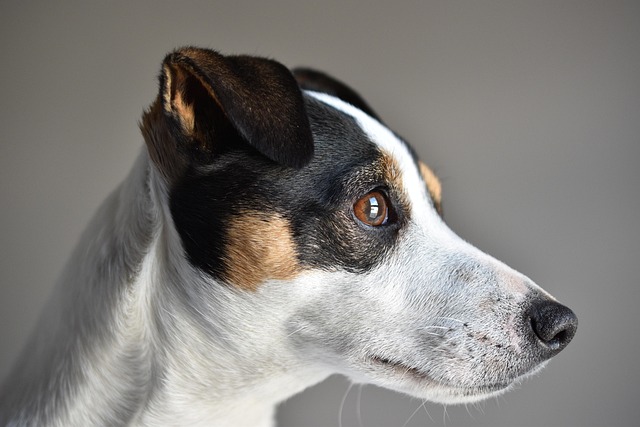
Imagine coming home to chewed shoes, a soiled carpet, and a trembling pup hiding under the couch—this is the reality for many dog owners dealing with separation anxiety.
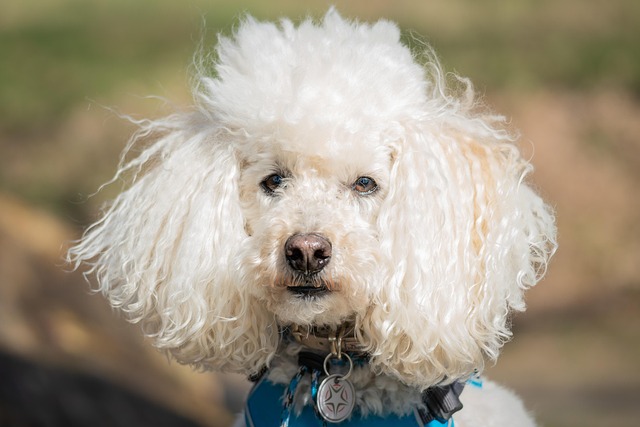
Bringing home a toy poodle is exciting, but those first few weeks of potty accidents can feel overwhelming. These tiny pups have small bladders, so they can’t hold it long—and if you’re not in sync with their cues, messes happen fast.
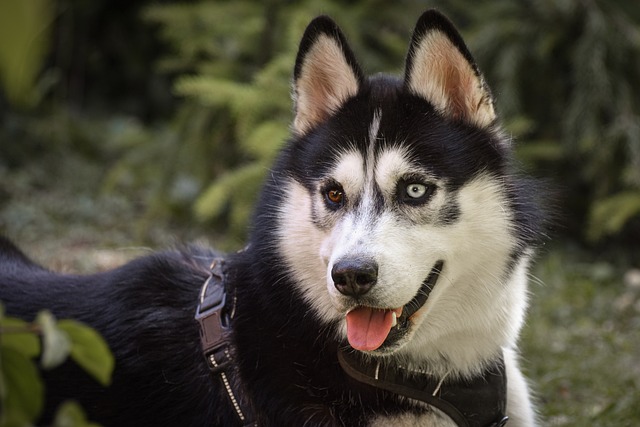
Huskies are energetic dogs with a strong instinct to roam, which can make house training trickier than with some other breeds. Many owners find themselves frustrated when their Husky, who seemed to grasp outdoor potty time, has accidents inside.
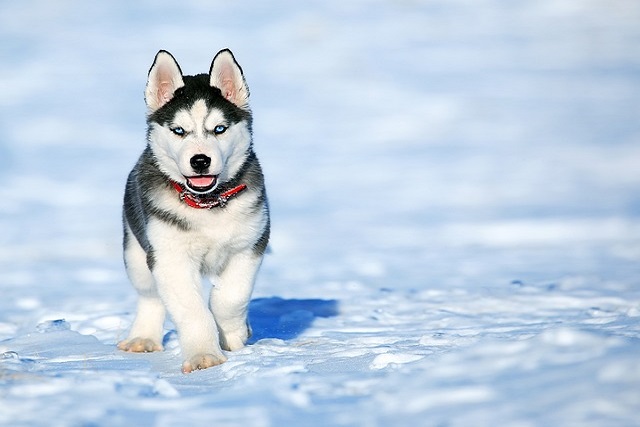
There's a particular kind of heartache that comes with sharing your home with a very fearful dog. Perhaps your new rescue from the local shelter cowers when you reach for the leash